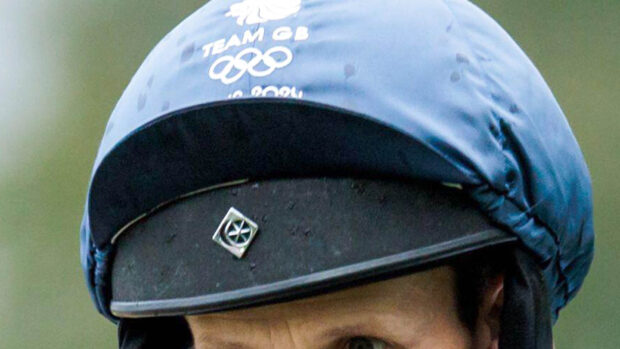Dressage riders are being canvassed as British Dressage (BD) considers making safety helmets mandatory.
As BD updates its rulebook, helmets are top of the agenda, but members will also be asked for their views on points limits and the maximum number of tests that should be ridden in one day.
“We’ve looked at what the issues are — now we want to find out what our members think, so the rules can be adapted to suit them,” said BD’s Paul Graham, who added he’d received more than 100 emails in the first week of the consultation.
Mandatory helmets?
With American dressage rider Courtney King-Dye’s serious head injury in March 2010 and the launch of a new top hat with harness (news, 7 April), rider safety has fallen into the spotlight.
As a result, BD is asking whether it should make safety hats with a three-point harness mandatory from advanced medium level or below, following the lead of the United States Equestrian Federation and Dressage Canada.
“Hats are a global hot topic and we foresee there will be a change — riders are a lot more cautious and aware,” added Mr Graham.
Rider Sara Gallop said: “With young horses I do tend to wear a helmet, but I often don’t wear a hat at home on my older horses. Ultimately, I think it should be personal preference.”
And rider and international judge Isobel Wessels added: “Helmets should be compulsory for all young horse classes and for riders under 18. But in higher levels, it is really up to riders to make up their own minds.”
Upper points limits dilemma
BD is also asking whether horses should be forced to compete at a specific level once they have attained a certain number of points.
“Despite the increase in the upper limit of points for each level in 2008, more riders are finding that their horses have reached the upper points limit of the level at which they are comfortable competing,” said Mr Graham.
Rider Steph Croxford welcomes the idea. “People can feel trapped when they reach the top of their level. It can also be difficult to move up when you have a young horse. I’ve encountered this with my youngster Mr Hyde.
“But I also think that people panic — moving up can be more of a mental leap than anything.”
How many tests is too many?
A third topic is whether to limit the number of tests a horse may contest in one day.
“A relatively small number of riders have been competing in three or four tests a day, with a subsequent drop in performance and reports of horses being visibly tired,” said a BD spokesman.
Ms Wessels thinks there should definitely be a limit, adding: “Up to medium level then it should be two tests maximum and with advanced it should only be one. As a general rule, I think it’s too much to expect a horse to perform more than two tests.”
All feedback will be reviewed over the summer with the 2012 rulebook being sent out to members at the end of September before they are implemented on 1 December.
H&H dressage columnist Richard Davison applauds BD’s approach.
“They have clarified the pros and cons for the issues and suggested workable options.
No one option will suit everybody, but this is an excellent example of a consultation,” he said.
Visit: www.britishdressage.co.uk and email paulgraham@britishdressage.co.uk by 10 June.
This news story was first published in Horse & Hound (28 April, 2011)




